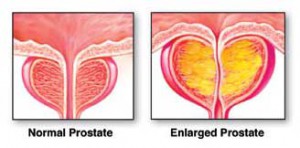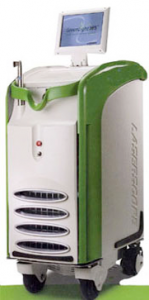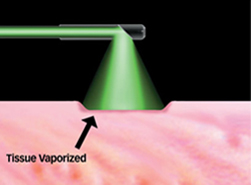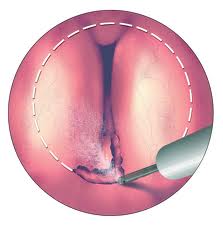What is prostate enlargement or Benign Prostate Hyperplasia (BPH)?

What treatments are available for BPH?
- Watchful waiting
- Medication
- Microwave and heat therapies
- Conventional surgery – TURP or Transurethral Resection of the Prostate
- Laser surgery – e.g. Holmium laser enucleation (HoLEP) or Green Light laser
TURP

TURP is now the second most common surgical procedure in men over age 65.Today Laser TURP is considered as the “Gold Standard” among all available treatments for Benign Prostatic Hyperplasia (BPH). BPH is a very common condition wherein the prostate gland becomes enlarged as a man ages TURP is a surgical procedure for men with symptomatic bladder outlet obstruction secondary to benign prostatic hyperplasia, cancer, or bladder neck contracture. This patient population has a greater anaesthetic risk because of a greater prevalence of coexisting cardiovascular and pulmonary problems
Green Light Laser PVP
Photoselective Vaporization of the Prostate (PVP), also known as the Green Light Laser, has emerged as the treatment of choice for most patients having surgery
The obstructive prostate tissue is vaporized by the directed laser beam. This is done under spinal or general anesthesia. The advantages of this approach over the traditional TURP (transurethral resection of the prostate) are many:
Holmium Laser
- Holmium laser enucleation of the prostate (HOLEP) is a minimally invasive treatment for benign prostatichyperplasia (BPH
). Its short- and long-term outcomes are superior to those associated with transurethral resectionof the prostate and suprapubic prostatectomy.
- HOLEP is performed transurethrally, using a holmium laser to separate the plane between the adenoma and the prostate capsule.
- HOLEP allows complete resection of all adenomatous tissue, minimizing the need for future retreatment.
These procedures take around 60-90 minutes and are performed under general or spinal anaesthesia. You may be allowed to return home on the same day, but sometimes an overnight stay will be required. You can generally be discharged once you are emptying your bladder satisfactorily.
Strenuous activity should be avoided for two weeks and patients generally return to work about five days after surgery.
- Lower risk of bleeding. Because there is a low risk of bleeding with laser surgery, it can be a good option for men who take medication to thin their blood or who have a bleeding disorder that doesn’t allow their blood to clot normally.
- Shorter or no hospital stay. Laser surgery can generally be done without an overnight hospital stay (as an outpatient procedure) or with only one night in the hospital. Other prostate treatments such as TURP or open prostatectomy may require a longer hospital stay.
- Quick recovery. Recovery from laser surgery generally takes less time than recovery from TURP or open surgery.
- Less need for a catheter. Enlarged prostate procedures generally require the use of a tube (catheter) to drain urine from your bladder after surgery. With laser surgery, a catheter is generally needed for less than 24 hours.
- More immediate results. Urinary results from laser surgery are noticeable right away, while it can take several weeks to months to see noticeable improvement with other enlarged prostate procedures or with medications.
To know more about Laser Prostate treatments for prostate enlargement (BPH) please visit this link: https://safemedtrip.com/medical-services/urological-treatment-in-india/laser-prostate-surgery.html

 Click to WhatsApp
Click to WhatsApp +91-9899993637
+91-9899993637




